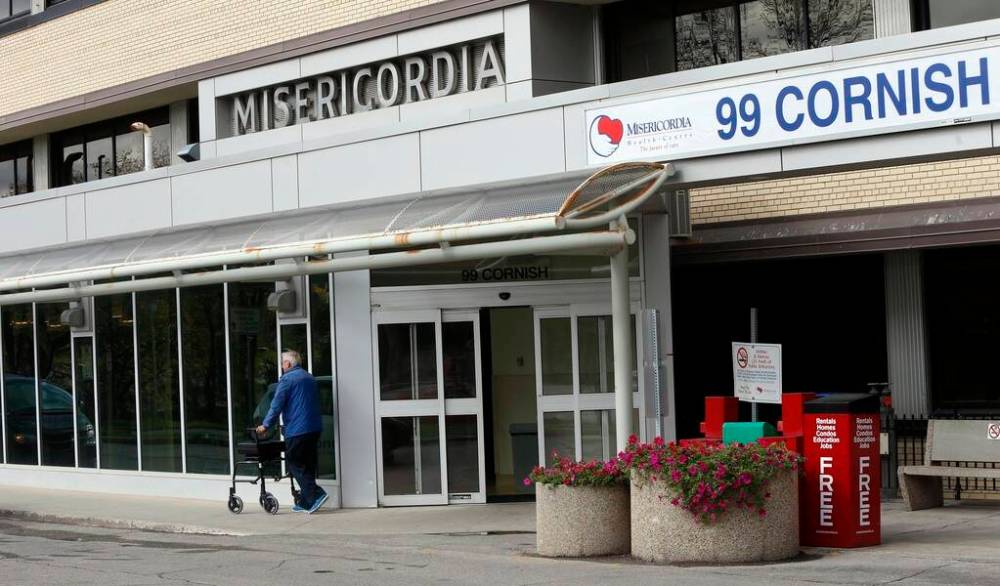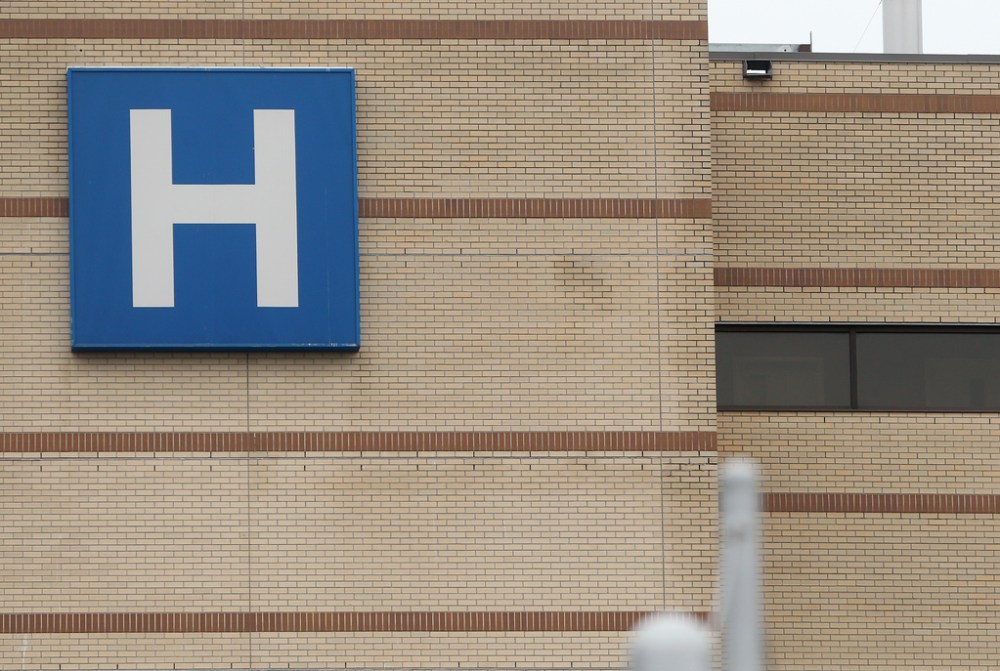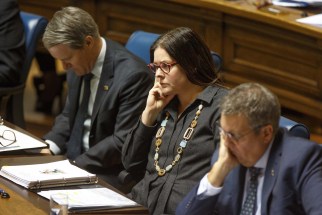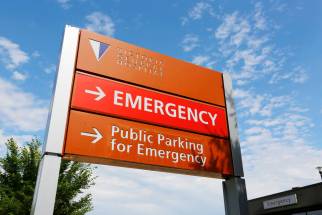Still waiting for hospital consolidation plan success
Read this article for free:
or
Already have an account? Log in here »
To continue reading, please subscribe:
Monthly Digital Subscription
$0 for the first 4 weeks*
- Enjoy unlimited reading on winnipegfreepress.com
- Read the E-Edition, our digital replica newspaper
- Access News Break, our award-winning app
- Play interactive puzzles
*No charge for 4 weeks then price increases to the regular rate of $19.00 plus GST every four weeks. Offer available to new and qualified returning subscribers only. Cancel any time.
Monthly Digital Subscription
$4.75/week*
- Enjoy unlimited reading on winnipegfreepress.com
- Read the E-Edition, our digital replica newspaper
- Access News Break, our award-winning app
- Play interactive puzzles
*Billed as $19 plus GST every four weeks. Cancel any time.
To continue reading, please subscribe:
Add Free Press access to your Brandon Sun subscription for only an additional
$1 for the first 4 weeks*
*Your next subscription payment will increase by $1.00 and you will be charged $16.99 plus GST for four weeks. After four weeks, your payment will increase to $23.99 plus GST every four weeks.
Read unlimited articles for free today:
or
Already have an account? Log in here »
Hey there, time traveller!
This article was published 15/03/2022 (1363 days ago), so information in it may no longer be current.
It will be five years next month since Manitoba’s Progressive Conservative government announced sweeping changes to Winnipeg’s hospital system, including the closure of half its emergency departments.
The result: ER wait times have skyrocketed.
It’s not just because of the pandemic: lines were growing long before COVID-19 patients began piling up in hospitals. ER wait times started rising soon after the province implemented the first phase of its hospital consolidation plan in October 2017, when it closed Misericordia Urgent Care Centre and converted Victoria Hospital’s ER to an urgent care facility.

Bottlenecks in emergency departments continued to worsen after the second phase of the consolidation plan was implemented in 2019, when ERs at Seven Oaks General and Concordia hospitals were shuttered and turned into urgent care centres.
According to the most recent data published by the Winnipeg Regional Health Authority, the longest wait time for nine out of 10 patients at ERs and urgent care centres soared to 6.6 hours in January. That’s up from 4.4 hours for the same month in 2021. It was 3.9 hours in October 2017.
Median wait times (where half of wait times are longer, half are shorter) were 2.1 hours in January — a level they’ve hovered at for most of the past three years. The median wait time was 1.35 hours when the consolidation plan was launched.
The median wait time was 1.35 hours when the consolidation plan was launched.
Those figures only tell part of the story, though. They include data from urgent care centres, where less acute patients are treated and wait times are shorter.
ER wait times at Winnipeg’s three acute care hospitals are far longer.
The longest at Health Sciences Centre for nine out of 10 patients was a staggering 9.5 hours in January. That’s up from 6.4 in January 2021, and close to triple October 2017 (3.6 hours).

Grace Hospital’s longest wait time in January for nine out of 10 patients was 6.9 hours, up from five hours for the same month last year. It was 4.2 in October 2017.
St. Boniface Hospital’s longest wait for nine out of 10 patients was 7.6 hours in January, up from 4.2 a year earlier. It was 4.1 in October 2017.
Median wait times in January at all three acute care hospitals were well-above last year’s levels, and were double (or close to double) where they were when the first phase of the consolidation plan was launched.
Under the Tories’ reorganization plan, patients were supposed to get speedier access to hospital care, in part through improved bed management. However, the opposite has occurred.
Emergency department wait times are an important gauge because that’s where the system backs up when there isn’t enough hospital capacity to meet demand.

Most patients access hospitals through ERs. When they’re sick or injured enough to be admitted to hospital and there aren’t enough medical or ICU beds to accommodate them, they wait — sometimes for days — in emergency wards until a bed becomes available.
The more ER patients there are waiting for hospital beds, the less time ER staff have to see new patients.
The Tories’ consolidation plan was supposed to fix that by giving patients quicker access to services, such as diagnostic testing and specialty doctor referrals, without transferring to other hospitals.
Consolidating acute care services at three sites would move patients through the system faster, resulting in fewer patients backed up in ERs, government pledged.
It hasn’t worked, at least not so far.
Consolidating acute care services at three sites would move patients through the system faster, resulting in fewer patients backed up in ERs, government pledged. It hasn’t worked, at least not so far.
The pandemic may have disrupted that to some extent. However, there were also periods over the past two years where emergency rooms saw fewer patients. COVID-19 caused some people to avoid hospitals altogether, while the number of patients presenting with injuries declined, owing to restricted activity from public health measures.
Part of the reason the consolidation plan failed is the province tried to implement it while cutting regional health authority budgets at a time when the WRHA needed more funding to cover transitional costs and to expand capacity. Government tried to do it on the cheap, and it backfired.
The damage is not irreversible, but it will take several years of well-funded programming to fix it.
For the Tories, who will face voters in an October 2023 provincial election, the time to turn that around is running out.
tom.brodbeck@freepress.mb.ca


Tom has been covering Manitoba politics since the early 1990s and joined the Winnipeg Free Press news team in 2019.
Our newsroom depends on a growing audience of readers to power our journalism. If you are not a paid reader, please consider becoming a subscriber.
Our newsroom depends on its audience of readers to power our journalism. Thank you for your support.







